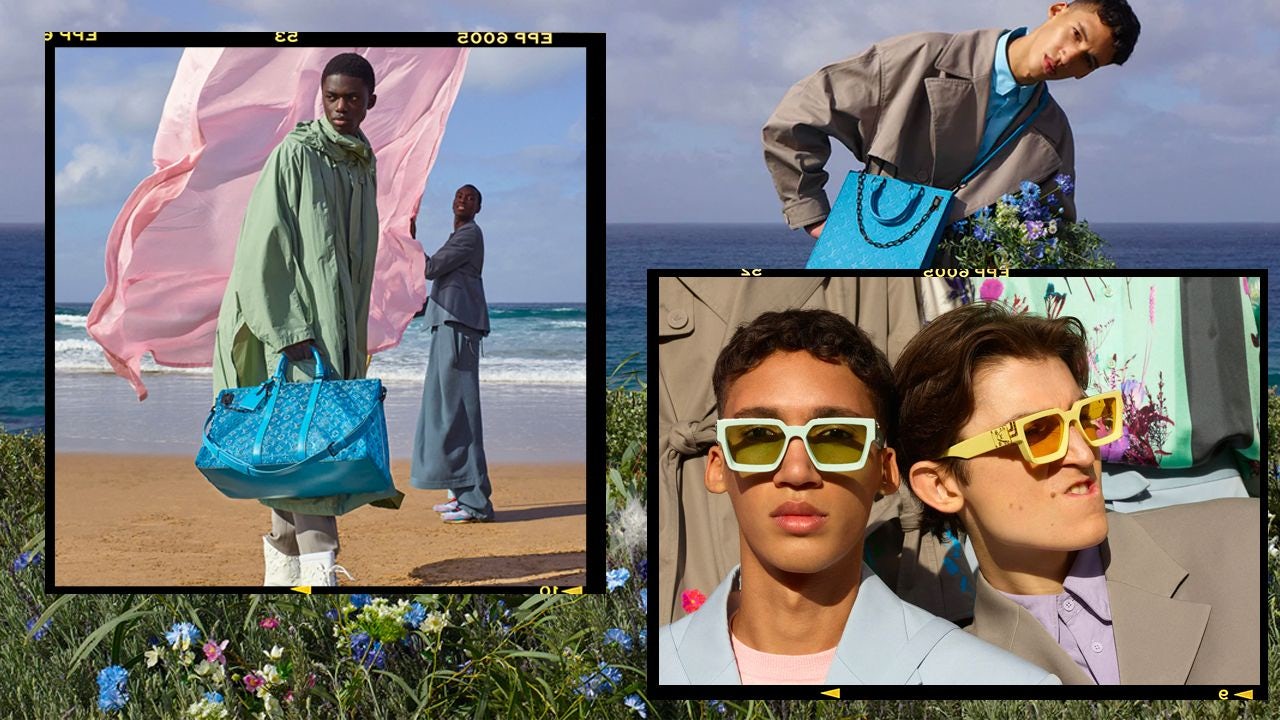Key Takeaways:#
Ultra-High Net Worth Individuals (UHNWI) and High Earners Not Rich Yet (HENRY) are often overlooked by luxury brands.
In 2019, cumulative net worth in Asia grew by 10 percent to 10.4 trillion, proportionate to 29 percent of global UHNW wealth.
HENRYs are widely seen as the luxury consumers of the future.
Luxury brands have been disproportionately focused on High Net Worth Individuals (HNWI) while missing out on building strong customer relationships with other consumer segments.
Ironically enough, Ultra-High Net Worth Individuals (UHNWI) and High Earners Not Rich Yet (HENRY) often get overlooked by luxury brands. The UHNW segment is composed of individuals with investable assets of at least 30 million, while individuals in the HENRY segment are earning between 250,000 and 500,000 a year.
In 2019, Asia overcame Europe as the second-largest UHNW region, with its population increasing by 10.2 percent to 83,310 individuals, according to Wealth-X. Cumulative net worth in Asia grew by 10 percent, to 10.4 trillion, proportionate to 29 percent of global UHNW wealth. Greater China, Japan, and India have all registered double-digit population growth. According to a Wealth Report by property consultancy Knight Frank, China’s UHNW segment increased the most of any country last year (16 percent), followed by Sweden and Singapore.
Beyond any doubt, the UHNWIs are the quintessential luxury consumers, but brands don’t seem to know how to build strong, long-lasting relationships with them. Occasionally, luxury brands don’t even know how to reach these highly private and secretive consumers, who often prefer to remain anonymous. Moreover, UHNWIs are constantly on the move, traveling to different areas. Add to this that gatekeepers and security experts protect them, and you get the image of an impenetrable consumer segment.
Winston Chesterfield, Founder, Barton Consulting, highlights how some luxury brands have embraced more dynamic strategies to better understand this consumer segment. He presents the case of Porsche, where Marek Grzebin is in charge of a UHNW-focused strategy team.
“They are spending a lot, buying very, very expensive models and spending even more on personalization,” Grzebin told Wealth-X. “We need to treat them differently.” Grzebin believes UHNWIs have an indisputable and incontrovertible influence in society. “These people are very, very successful,” says Grzebin. “They are role models, and they are influential in their communities.”
He rightfully points out brands that attract these globally-minded, successful leaders will be seen as reputable companies. The 2019 China Luxury Forecast report, jointly released by Ruder Finn and Consumer Search Group, shows that UHNWIs in Greater China prefer Chanel to other luxury brands. In fact, the French Maison leads across fashion segments like jewelry, clothing, handbags, leather goods, beauty, and cosmetics. In addition, Rolex, Cartier, and Omega are the top-three watch brands that ranked the highest in awareness ratings in both Hong Kong and China.
Regarding jewelry, Cartier, Tiffany & Co, and Chanel took the prime positions in Hong Kong. Meanwhile, Cartier, Dior, and Chanel lead in Mainland China.
The second segment that needs to be prioritized by luxury brands includes the High Earners Not Rich Yet consumers. HENRYs are widely seen as the luxury consumers of the future. Celebrated as the “working rich,” these individuals have advanced degrees and good jobs and are set to become successful and wealthy members of society.
In China, luxury brands have an additional reason to target HENRYs: their relative anonymity. This consumer segment is not yet in the limelight, so its spending habits do not risk provoking the government.
Additionally, HENRYs are easier to influence than other more established segments. While the UHNWIs already understand the ins and outs of luxury and have very high expectations of brands, HENRYs are still impressionable and have less radical views. They are prepared to compromise if they receive an interesting value proposition.
Considering that the COVID-19 pandemic "has eroded China’s middle class" and the economic recovery has widened the wealth gap, luxury brands should branch out and target these consumer segments. The middle class that makes up most of the luxury audience in China is shrinking, but UHNWIs and HENRYs still have high disposable incomes.
From a marketing perspective, launching and running a targeted promotion campaign is usually less expensive than creating new products, identifying new collaborators and partners, and launching capsule collections that could satisfy the whims of the Chinese youth. Consequently, marketers should target these consumer segments more aggressively and effectively. Otherwise, they risk losing market share to domestic luxury competitors and even premium global brands, which already have strong market segmentation strategies.

